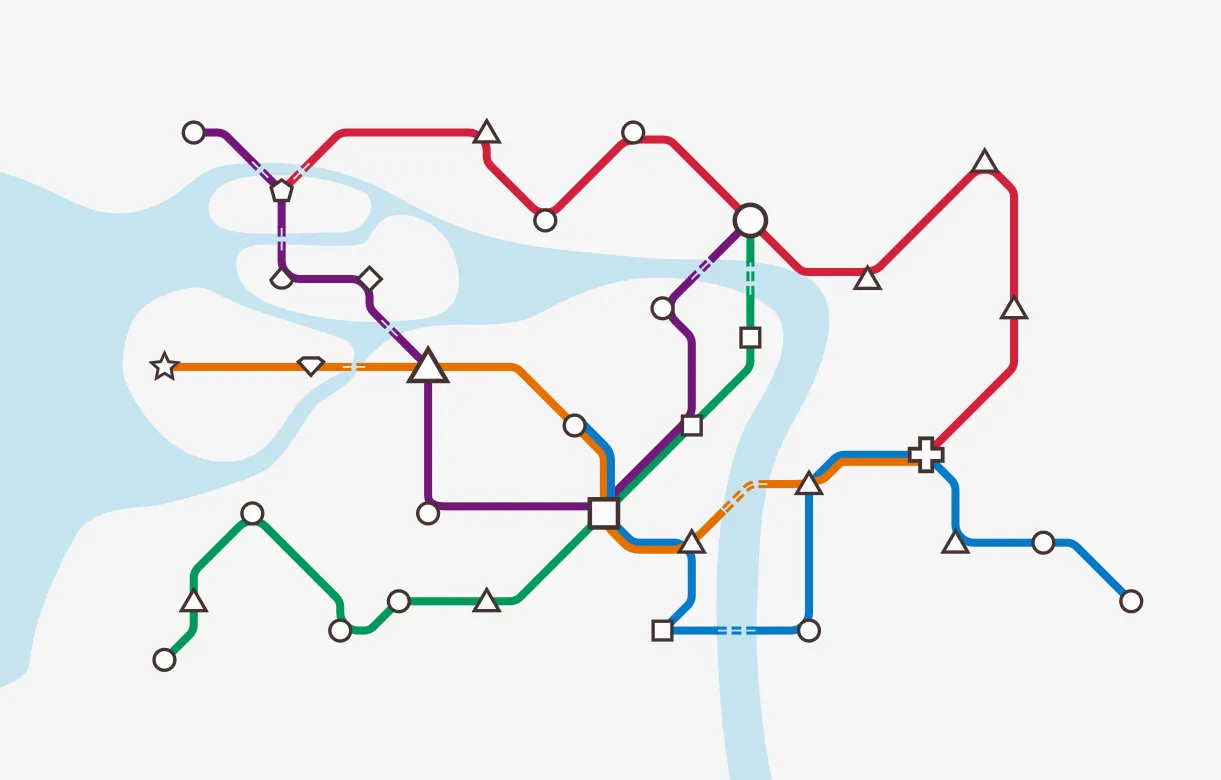It's been a while since I last posted something. I've been very busy without getting much benefit from it, so I'm feeling somewhat stuck in life at the moment. But here's a string of thoughts I've had.
Some days ago, I was comfortably lying down on a bench in a park, getting a break from the heat under a tree's shadow. I was reading this book: Invisible Women: Data Bias in a World Designed for Men. Here's an excerpt from its preface:
[The gender data biases] impact on women’s lives every day. The impact can be relatively minor. Shivering in offices set to a male temperature norm, for example, or struggling to reach a top shelf set at a male height norm. Irritating, certainly. Unjust, undoubtedly.
But not life-threatening. Not like crashing in a car whose safety measures don’t account for women’s measurements. Not like having your heart attack go undiagnosed because your symptoms are deemed ‘atypical’. For these women, the consequences of living in a world built around male data can be deadly.
I was just starting chapter 1, which talks about urban planning, and particularly about public transport.
It explains that women, because they assume most of the care work (that is, unpaid work such as taking care of family and housework), are more likely to trip-chain. Trip-chaining is a travel pattern characterized by multiple short travels, such as those one does when running multiple errands: taking the kids to school, accompanying an elder to the hospital, getting groceries on the way home, walking the dog, leaving again to get the kids. That is in contrast to the linear travel patterns typical of men, like home-work-home.
And when it comes to public transport route layouts, typical radial systems favor the home-work-home (or home-leisure-home) travel pattern, to the detriment of trip-chaining (that is, mostly women). Trip-chaining benefits from grid-like structures. In my city, somewhat recently, bus travel routes were changed to be grid-like, presumably for this very reason.
As I was leaving the park, I remembered a fun game I had been playing, Mini Metro. It is minimalistic in both graphic style and game mechanics, which is delightful.
In Mini Metro, the objective is to link the rapidly appearing shapes (stations) with metro train lines. The simulated passengers want to travel to a particular kind of shape, and the player must design an efficient line system.
The game simulates passenger and station behavior in such a way that:
- Oftentimes, the same shape kinds congregate in the same area; for example, there'll be a bunch of circle stations close to each other but their passengers need to travel to one of the few square stations far away.
- Passengers don't need to get to a specific station of a given shape, they just need to go to some station of a given shape.
- Passengers never need to travel to a different station of the same shape they're in.
To me, those were strong incentives to devise radial line systems, instead of grid-like ones.
This left me pondering: what kinds of passenger behavior would need to be implemented/discarded so that the efficiency of a grid-like system as a gameplay strategy (and thus women travel patterns) would become apparent? Would allowing for travel between same-shaped stations be sufficient?
As I don't really have an answer right now... I'll just wrap it up by recommending again both Invisible Women: Data Bias in a World Designed for Men and Mini Metro.
